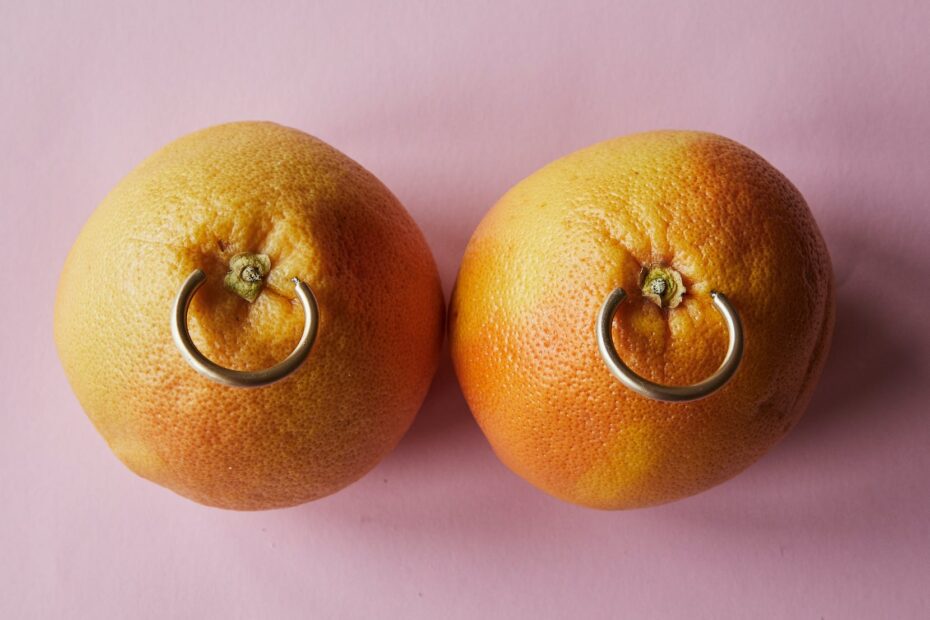Bid farewell to nipple chafing woes with our comprehensive guide on preventing and soothing soreness. Nipple chafing is a common issue faced by athletes and breastfeeding mothers, causing discomfort and pain. But worry not, as we have gathered effective strategies and remedies to keep your nipples comfortable and pain-free.
Understanding nipple chafing is crucial in finding the right solutions. Learn about the causes and symptoms of nipple chafing, including the activities, fabrics, and medical conditions that increase the risk. Armed with this knowledge, you can take proactive steps to prevent chafing from occurring.
Prevention is key, and we have you covered with practical tips and techniques. From choosing the right clothing and sports bras to applying lubricants and protective barriers, we provide you with effective strategies to avoid nipple soreness. Say goodbye to the discomfort and enjoy your activities without worrying about chafing.
Understanding Nipple Chafing
Understanding Nipple Chafing
Are you tired of dealing with the discomfort and pain of nipple chafing? It’s time to gain a deeper understanding of this common issue that affects both athletes and breastfeeding mothers. Nipple chafing occurs when the delicate skin around the nipples becomes irritated and inflamed due to friction.
So, what exactly causes nipple chafing? Well, it can be triggered by a variety of factors. Certain activities, such as long-distance running or intense workouts, can increase the risk of chafing. Additionally, fabrics that are rough or don’t provide enough moisture-wicking properties can contribute to the problem. It’s also important to note that individuals with certain medical conditions, like eczema or sensitive skin, may be more prone to nipple chafing.
Recognizing the symptoms of nipple chafing is crucial for early intervention. Look out for signs such as redness, swelling, tenderness, and even the formation of blisters. If left untreated, chafing can lead to further complications and hinder your daily activities.
To summarize, understanding nipple chafing involves knowing what it is, its causes, and the symptoms to watch out for. By being aware of the risk factors and recognizing the signs, you can take proactive steps to prevent and alleviate nipple chafing. Stay tuned for our next section on effective strategies and remedies to keep your nipples comfortable and pain-free!
Preventing Nipple Chafing
Preventing Nipple Chafing
When it comes to preventing nipple chafing, there are several practical tips and techniques you can try. By following these strategies, you can keep your nipples comfortable and pain-free, whether you’re an athlete or a breastfeeding mother.
First and foremost, it’s crucial to choose the right clothing and sports bras. Opt for moisture-wicking fabrics that reduce friction and irritation. Look for seamless options that minimize rubbing against your nipples. Additionally, make sure your sports bras provide adequate support and don’t have any rough seams or edges that could cause chafing.
Another effective method is to apply lubricants or protective barriers. These can create a smooth surface and reduce friction. Consider using products like petroleum jelly, nipple creams, or specialized anti-chafing balms. Apply them directly to your nipples before engaging in any activities that may lead to chafing.
In addition to these tips, it’s essential to listen to your body and take breaks when needed. If you feel discomfort or notice any signs of chafing, stop the activity and give your nipples time to heal. Remember, prevention is key, so be proactive in implementing these strategies to avoid nipple chafing and enjoy your activities pain-free!
Frequently Asked Questions
- Q: What is nipple chafing?
A: Nipple chafing refers to the irritation and soreness that occurs when the skin on the nipples rubs against clothing or other surfaces during physical activity. It is a common problem faced by athletes and breastfeeding mothers.
- Q: What are the causes of nipple chafing?
A: Nipple chafing can be caused by friction from activities such as running, cycling, or breastfeeding. Certain fabrics, like rough or coarse materials, can also contribute to chafing. Additionally, dry or sensitive skin, excessive moisture, and medical conditions like eczema or dermatitis can increase the risk of nipple chafing.
- Q: How can I prevent nipple chafing?
A: To prevent nipple chafing, it is important to choose the right clothing made of soft, moisture-wicking fabrics. Sports bras with proper support and padding can also help reduce friction. Applying lubricants or protective barriers, such as petroleum jelly or nipple balms, can create a barrier between the nipples and clothing, reducing the risk of chafing.
- Q: What are some remedies for soothing nipple chafing?
A: If you experience nipple chafing, there are several remedies that can help soothe the soreness. Applying a gentle moisturizer or nipple cream can provide relief and promote healing. Taking a break from activities that cause friction can also give the nipples time to recover. Additionally, wearing loose-fitting clothing and using cold compresses can help reduce inflammation and discomfort.
- Q: When should I seek medical attention for nipple chafing?
A: In most cases, nipple chafing can be managed at home with self-care measures. However, if the chafing persists, becomes infected, or is accompanied by severe pain, redness, swelling, or discharge, it is advisable to consult a healthcare professional for further evaluation and appropriate treatment.


Keith is originally from Truckton, Colorado. The 54-year-old cared for his overweight wife for many years. Keitch is also a freelance editor at antichafing.net and supports the team as a competent advisor. In his spare time Keith enjoys reading books, visiting his homeland and is a passionate product tester for well-known manufacturers.

